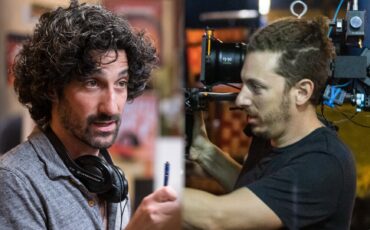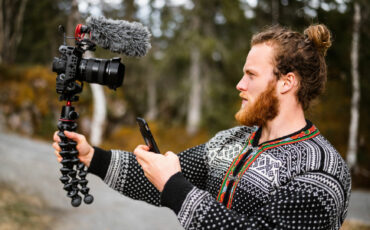
Visual storytelling is changing every day because of the change in formats, platforms, and the way we consume videos. Filmmakers have to adapt to the dominance of social media platforms and mobile devices, and the main requirements are ‘vertical’ and ‘short’. In this context, the short promo documentary is a growing genre because companies want to tell their story to a wide audience.
The paradox is that viewers don’t mind spending time on the screen when the topic interests them. Long-format filmed podcasts, YouTube interviews, training, and educational stuff prove that people still love long horizontal videos. The same happens in advertising. We forget the quick ads because they don’t leave a mark, and the scrolling process eats them up.
Breaking the chains
Back then, the corporate video was the chosen genre to represent a company. They usually looked very similar and were not very appealing to watch. It was more a video geared for internal use, presentation, tradeshows, etc. than for the final customer. More renowned companies could afford a TV commercial to reach customers, but in the end, both formats were well-defined due to the limited distribution platforms.
The Art of Visual Storytelling
Things changed around 2010 when the DSLR revolution marked a significant shift, empowering filmmakers outside the mainstream with the opportunity to experiment with new formats and create diverse works. Production became more affordable because many people with good ideas could access gear. These people did not necessarily come from the advertising or filmmaking world, which brought a breeze of fresh air. Creative people thinking outside the box started to break the conventions of the established genres.
The number of independent production companies increased, and the Internet replaced TV as the leading distribution channel, giving these creatives a voice in the world.
On the other hand, these factors decreased prices, allowing independent businesses to afford a production company. Indeed, when the internet changed the rules, this option became an obligation. If you are not online, you (almost) don’t exist.
The short promo documentary
Thanks to these new visions, a new trend in advertising appeared, especially for small companies: the short promo documentary. This genre is a well-balanced combination of documentary and commercial, where we get to know the brand and what they do, highlighting their values in an appealing style.
As audiences got tired of direct and aggressive advertising and competition increased in all areas, they demanded to see the real deal behind the brands. They wanted to know their story; they wanted honest videos showing the craftsmanship, care for the customer, and values they could identify with.
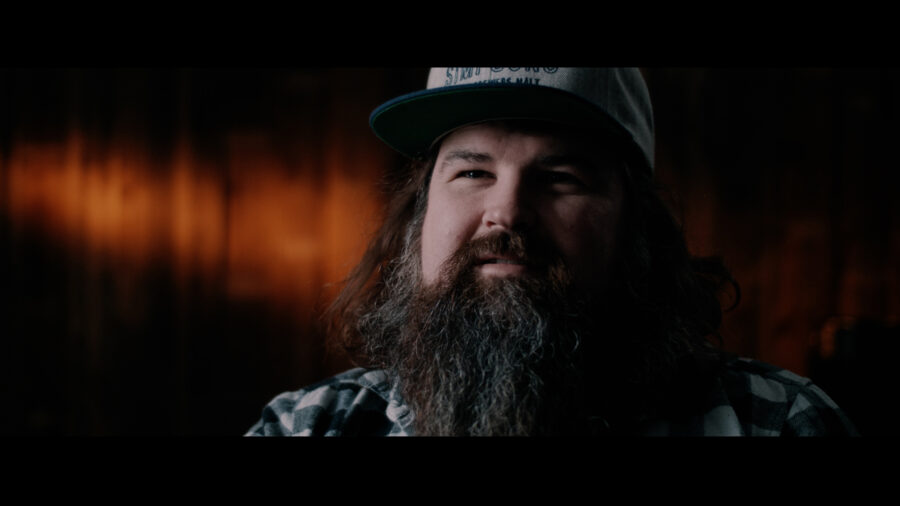
From a filmmaker’s point of view, this format is an excellent opportunity for creative exploration. We can shoot these documentaries with reduced budgets and crews using different ideas and techniques. Ultimately, each brand has its own distinct character and features, opening a world of storytelling opportunities for all of us.
Our job as filmmakers is to translate a brand’s unique features onto the screen. Crafting content that presents brands in a positive light will bring satisfaction to both the brands and their customers. But, to start the process, we need a client. Let’s see how this happens.
Getting the client the other way around
The usual way to get a gig in the industry is when a client needs a video and then approaches a production company to film it. The client can be an advertising agency, a corporation, a small business, or a couple for a wedding. In this sense, having your video production company – or your freelancer profile – well-positioned online is essential. Your experience, reputation, relationship with past clients, and your expertise with ad campaigns are all factors that help. In our case, since we founded JRVISUALS, word-of-mouth has been critical in this aspect. When a client is happy with your job, not only will they call you in the future, but they will recommend you to other clients.
However, during the pandemic, clients stopped calling. So my partner, Rene Strgar, and I had a meeting to brainstorm strategies on how to get new clients on board. After tossing around some ideas, we tried it the other way around: we contacted those brands whose products or services we used and loved. Thankfully, the world is more connected than ever, making it easier to reach companies directly.
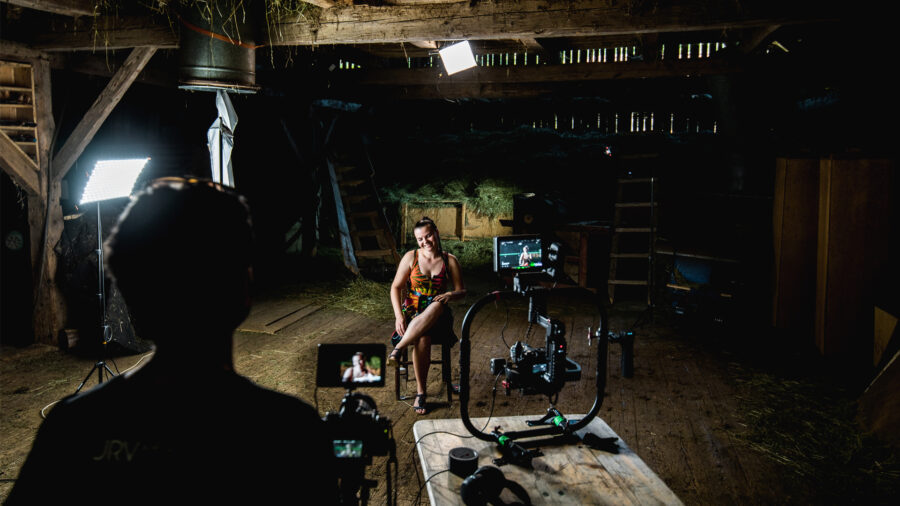
If you are passionate about what you do and want to tell a story, why not write to a company with a proposal?
The first step was to make a list of small businesses. However, we didn’t want to send cold mailing lists selling our services. Instead, we wrote individually to those that met the following criteria:
- We loved their products and services.
- They could boost their sales with a promo video.
- The businesses were independent, without the restrictions of more rigid companies such as corporations or franchises.
We aimed at independent businesses because they generally let you shape new ideas and formats, and your storytelling skills shine more when you have the freedom to break the standards. Additionally, the reward is that you will film a promo video about something you love.
Planting the seed
After that, research is one of the most critical steps before approaching them. When you write genuinely, showing that you love what they do, and when they perceive you took the time to do your research, it is easier to break the ice. In our case, we got clients on board with this approach.
The results may not happen instantly, but you are planting a seed for the future. An interesting example was our documentary project for Bevog, an Austrian craft brewery. Rene had reached out to them years ago, receiving no response at the time. However, years later, the owner called us back for a new documentary. Why us? Why then? Since Rene first contacted him, he had been following our work and saw how we specialized in craft beer documentaries and promos. It was totally unexpected for us, but you never know!
Thanks to our open communication and the fact they liked what we do, we even became ambassadors for other brands, but that’s another story. Of course, many of our messages or emails never got a reply, and many brands weren’t interested in a video, but the overall result made the effort worth it.
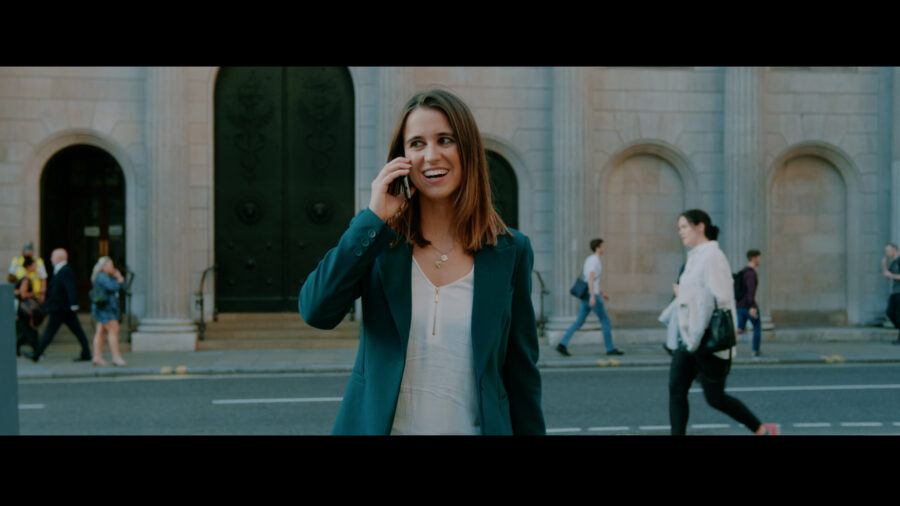
The first call
Once a business expresses interest in a video, we arrange a video call to gain a deeper understanding of their needs and to get to know them better. In this call, you should listen more than speak (this could be good advice for a lot of things if I think about it). You want to know the client’s needs, personality, passion, story, and some old stories that you can put into the documentary. If you can, ask them for permission to record the call or make detailed notes throughout the conversation.
This information will help you shape the interview and will give you an initial idea of your visual approach. All these subtleties that make each small business unique will be opportunities that translate into visuals in a special, tailor-made video.
After that, you can start organizing the pre-production, location scouting, script, production plan, etc. We’ll discuss this in the following article. Stay tuned!
What do you think about the short promo documentary genre? Have you filmed one? Let us know about your experience in the comments!



